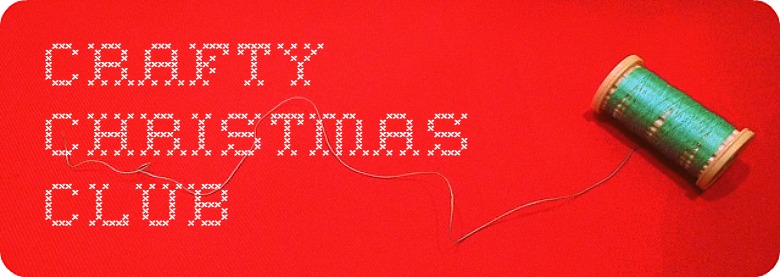Some fabric, twice the size of the teddy you intend to make
A length of ribbon
Needle and cotton
Pencil
Card and an existing teddy to use as a template (or just freestyle one)
Toy stuffing
Fabric paints/ pens
1. Put something on the telly to entertain you whilst sewing. Pride & Prejudice
2. Ensure your workspace doesn't look like mine
3. Create your template. You can either draw around a teddy you already own, in which case make sure it's a flat, unarticulated teddy like the one pictured below ...
... or create your own template. I'm using one from Sew Pretty Christmas Homestyle by Tone Finnanger. I highly recommend her books, they're filled with fabulous projects.
by Tone Finnanger. I highly recommend her books, they're filled with fabulous projects.
When creating your template remember not to draw in ears, ideally they should be a seperate template to ensure they stand up correctly but, honestly, anything goes. As long as you can sew it you'll be fine.
You'll notice on my template I've marked where to leave a hole for each ear and a hole to allow me to reverse and then stuff the teddy. You'll need to mark these on your template too. The ear holes will, naturally, be the same width as the ear and the side hole just needs to be big enough to allow you to turn the finished teddy in the right way and also allow you to get your fingers inside to position the stuffing.
4. Fold your fabric in half and place your template in the middle. The entire template will need to be sewn around, no using the fold in any way (sorry!). Draw around your template and remember to draw around your ear template twice.
You'll notice on my template I've marked where to leave a hole for each ear and a hole to allow me to reverse and then stuff the teddy. You'll need to mark these on your template too. The ear holes will, naturally, be the same width as the ear and the side hole just needs to be big enough to allow you to turn the finished teddy in the right way and also allow you to get your fingers inside to position the stuffing.
4. Fold your fabric in half and place your template in the middle. The entire template will need to be sewn around, no using the fold in any way (sorry!). Draw around your template and remember to draw around your ear template twice.
Comme ca!
5. I've found that when sewing together the bottom piece of fabric tends to move about so pin your two pieces together just to be on the safe side.
6. Running stitch your way around each template using the line you drew as your guideline. A very handy tip I picked up from Tone Finnanger, sew on the line! (sorry about the over exposure here)
7. Once it's all stitched (apart from your gaps!) cut out your template with a seam allowance added. Don't forget to clip the curves. I tend to veer into a fatter seam allowance around the area for the side hole as that will need to be invisibly stitched closed and I've discovered it's easier with more fabric. The choice is yours though.
8. Turn the ears the right way in and insert into the hole you left on the head upside down (trust me). Once you've positioned them to your satisfaction sew the hole closed. In the picture below the left ear is in place and the right ear demonstrates how the ear should be positioned. You just need to insert it between the fabric inside the hole, not lay it on the top like the right ear.
9. Turn your teddy in the right way ...
10. ... and stuff! (my favourite part!)
11. Slip stitch your side hole closed. Youtube has some excellent tutorials on this stitch if you're not familiar with it but essentially you're still doing a running stitch but each complete stitch is on opposite sides of the fabric. Remember to stitch on the folded-in fabric so you can't see the cotton and when it comes to knotting the fabric poke the knot in so it's hidden.
12. Grab your ribbon and tie, tightly, around the neck to define the head.
13. Draw on your face, add any other painted features you please, ensure they're wash proof and you're done!



















He's super cute! What a great gift for a baby.
ReplyDeleteCute! How did you get the cheeks so perfectly rosy? They look airbrushed!
ReplyDeleteThank you!
ReplyDeleteJana, I use textile stamp pads which are a solid paint and then paint on with a small, dry paintbrush. It gives a lovely effect and it's easier for me to control where the paint goes! So long as you build the paint up until you get the amount of colour you want it seems to work very well.